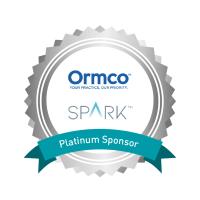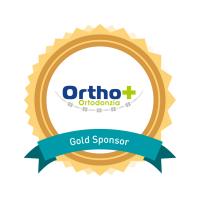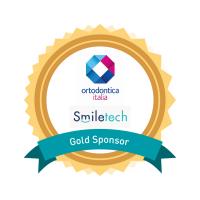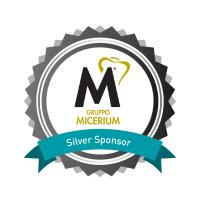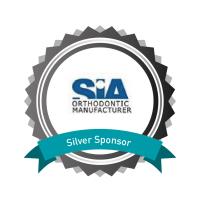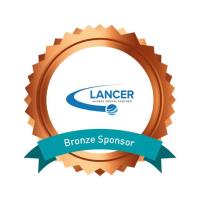Abstract
Current Orthodontic Approaches, Strategies and Complications in the Treatment of Interdisciplinary Patients
by De Franco David John
In the majority of partially edentulous patients requiring prosthetics and osseointegrated implants, orthodontic treatment is also indicated to reposition natural teeth. This may be important to correct the sagittal, vertical and transverse positions of the teeth, to improve masticatory function, to create the necessary space for restoring the M-D dimension of the crowns and to obtain a satisfactory and natural looking esthetic outcome. Osseointegrated implants, as well as non-integrated mini-implants or temporary anchorage devices (TADs), can be used as anchorage to carry out the planned orthodontic movements, especially in those patients with many missing teeth, and to support temporary crowns in edentulous areas. The treatment of such patients implicates an accurate diagnosis, careful treatment planning and an efficient line of communication between the orthodontist and the prosthodontist. This lecture will illustrate the variables that should be taken into consideration when a combined orthodontic-implant-prosthetic treatment is necessary. Several clinical cases will help demonstrate the decision-making process.
Learning Objectives
After this lecture, you will be able to define the indications for requesting an orthodontic setup as an effective means of communication within the team and with the patient.
After this lecture, you will be able to recognise how TADs can be used as anchorage to obtain otherwise difficult or impossible tooth movements.
After this lecture, you will be able to plan the implant insertion in relationship to the position that the teeth will have after the orthodontic movement.





